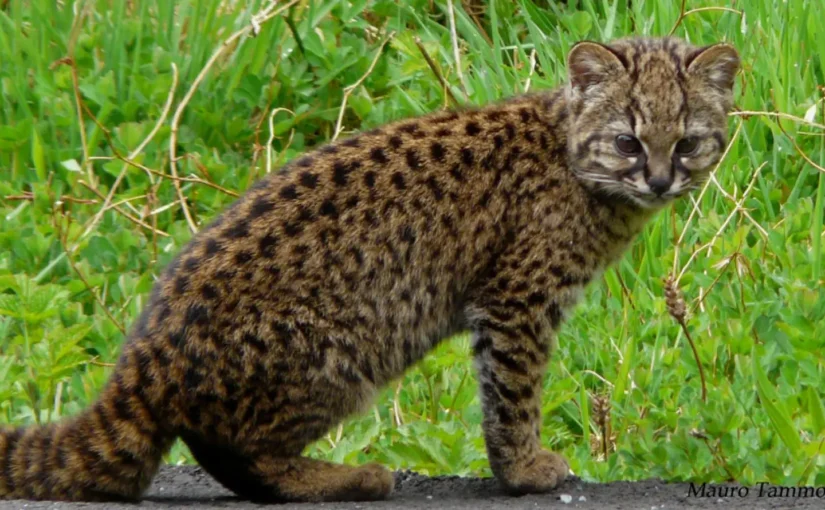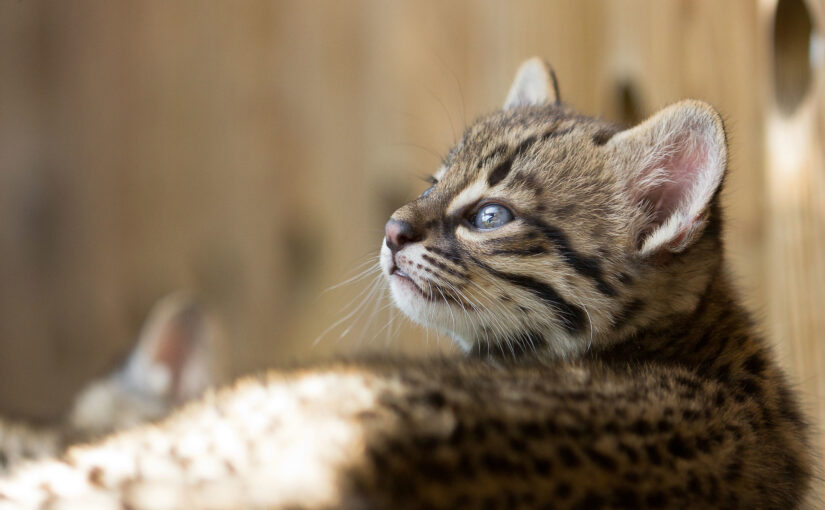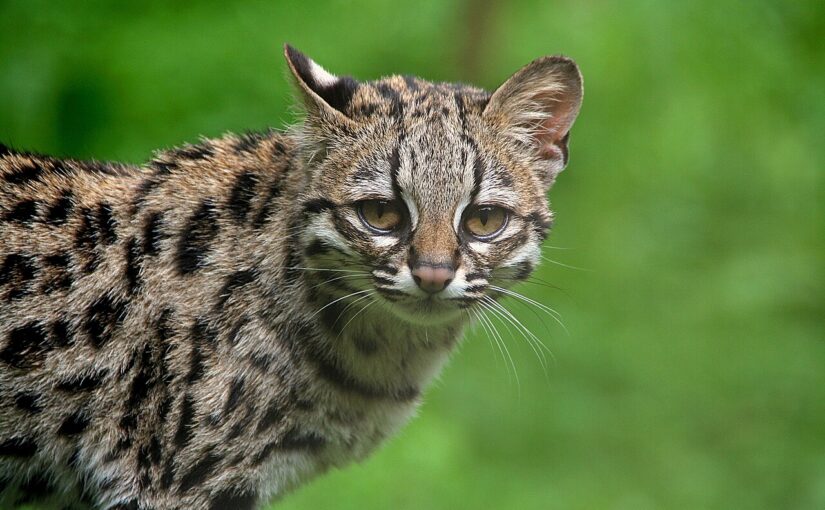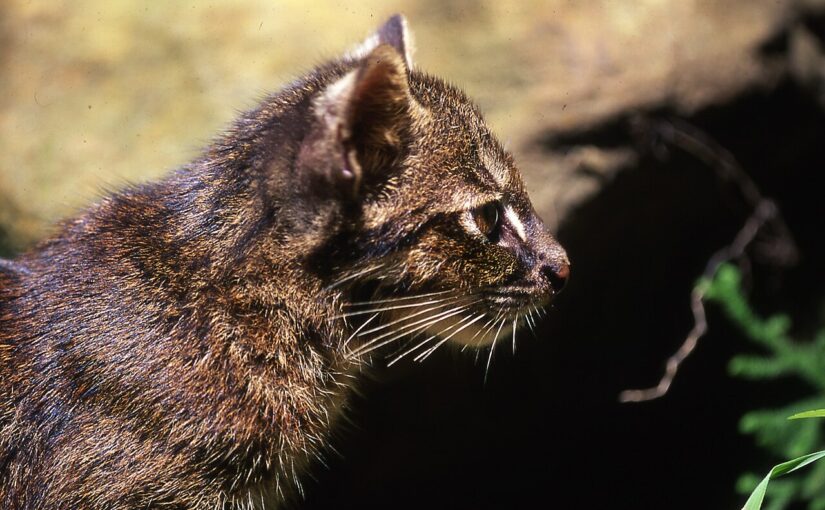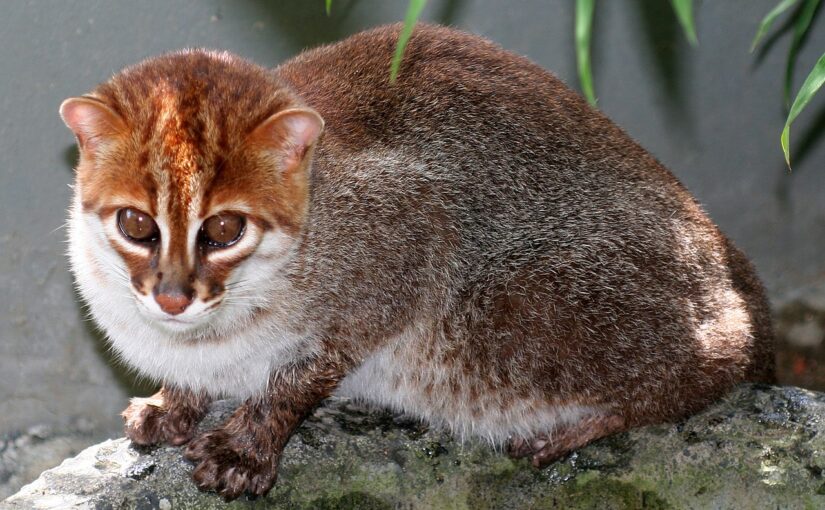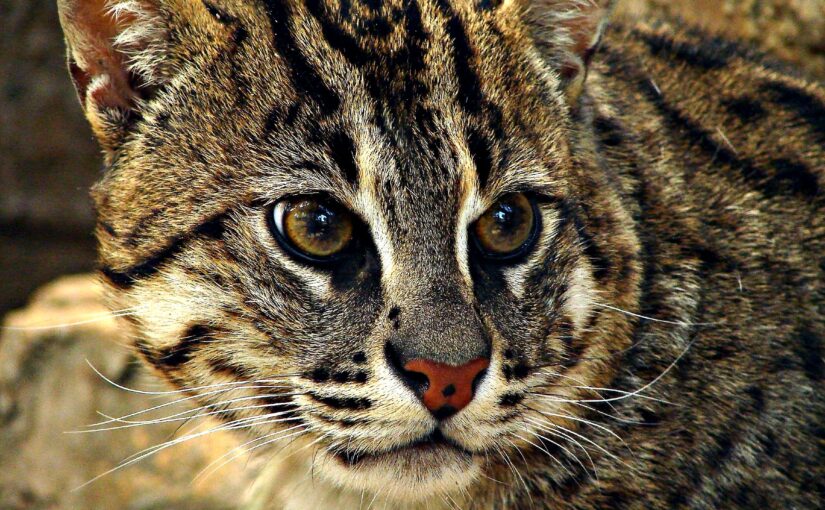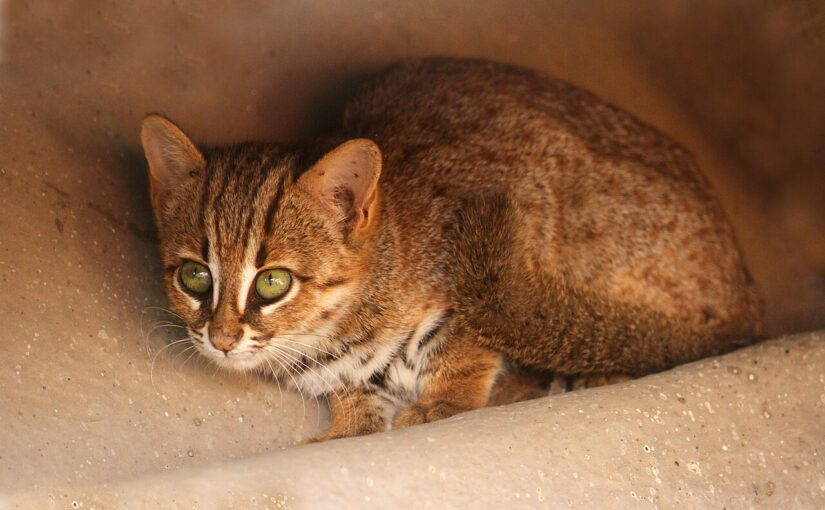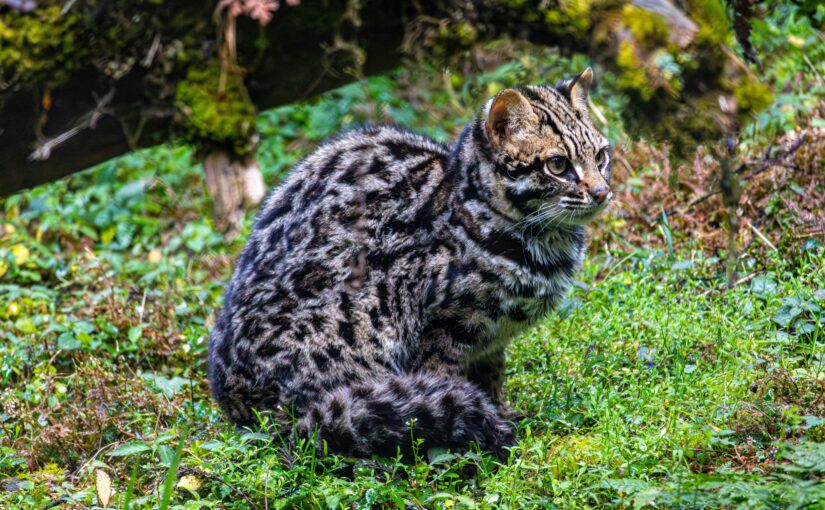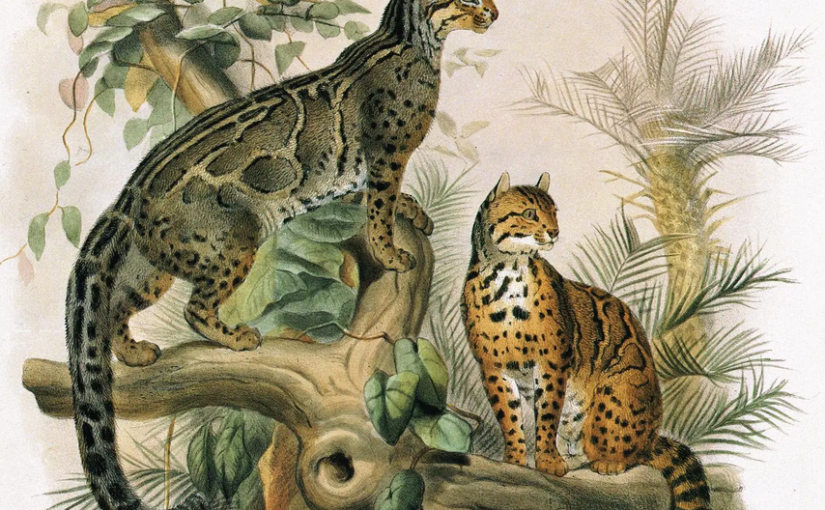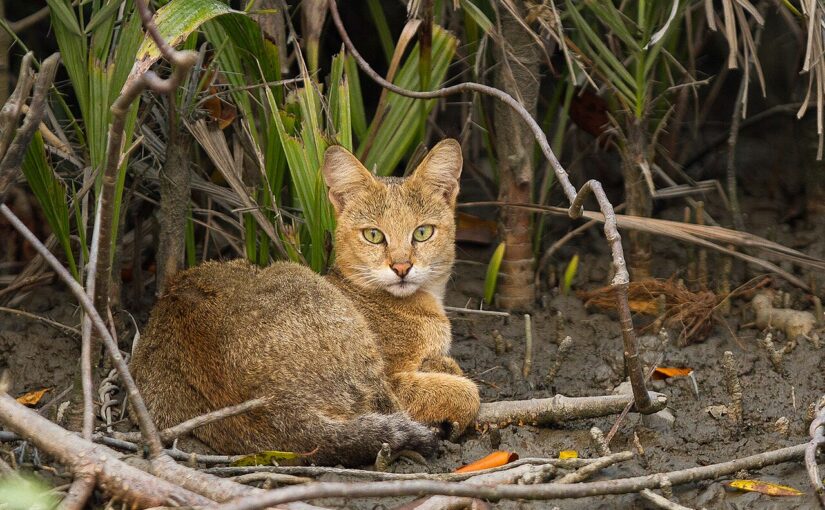High in the temperate forests of Chile and Argentina lives the smallest wild cat in South America. Known to locals as the guigna and to science as Leopardus guigna, this tiny feline is one of the least familiar members of the cat world. With a body no longer than half a meter and weighing barely two to three kilograms, it may seem unassuming, yet it carries the full spirit of the wild condensed into a miniature frame.
Continue reading The Kodkod: The Little Cat of the Chilean ForestsAuthor: admin
Geoffroy’s Cat: The Small Spotted Survivor of South America
In the wild landscapes of South America, where grasslands stretch to the horizon and the Andean foothills rise into chill mountain air, a small but powerful feline reigns quietly. Geoffroy’s cat, Leopardus geoffroyi, also called the small spotted cat or the salt cat, may not have the fame of the jaguar or the elegance of the ocelot, but it is among the most resilient and widespread wild cats of the continent. To many, it represents the stealth and strength of the feline family concentrated in a compact, unassuming form.
Continue reading Geoffroy’s Cat: The Small Spotted Survivor of South AmericaThe Margay: The Acrobat of the Rainforest
Among the many small wild cats of the Americas, one species stands out for its dazzling athleticism and elusive beauty. The margay, Leopardus wiedii, sometimes called the long‑tailed cat, looks like a miniature ocelot dressed in an even more striking coat. Its large round eyes, spotted golden fur, and impossibly long tail give it charisma. Yet it is the way this little predator moves through the forest that makes it unlike any other feline.
Continue reading The Margay: The Acrobat of the RainforestThe Iriomote Cat: The Elusive Spirit of a Japanese Island
On the remote Japanese island of Iriomote, hidden among mangroves, coastal forests, and misty mountain valleys, lives a wild cat so rare and so mysterious that many people have never heard of it. The Iriomote cat, Prionailurus bengalensis iriomotensis, is one of the smallest and most endangered wild cats in the world. Its story is a reminder of both the resilience of nature and the fragility of unique island ecosystems.
Continue reading The Iriomote Cat: The Elusive Spirit of a Japanese IslandThe Flat-Headed Cat: The Little Fisher of the Swamps
The world of small wild cats is filled with secretive, rarely seen creatures, but few are as mysterious or as specialized as the flat-headed cat. Known scientifically as Prionailurus planiceps, this rare feline is both fascinating and frustrating to scientists. We know how it looks, but beyond that, knowledge of its behavior and lifestyle in the wild is alarmingly thin. It is a cat built for water, a hunter of fish and frogs, and at the same time one of the most threatened felines in Asia.
Continue reading The Flat-Headed Cat: The Little Fisher of the SwampsThe Fishing Cat: The Swimmer of the Cat Family
When most people think of cats, one image comes to mind: a creature that loathes water, stepping gingerly around puddles and recoiling from the slightest splash. Yet in Asia’s wetlands, there lives a feline that defies this stereotype entirely. The fishing cat, Prionailurus viverrinus, is as comfortable in water as most of its relatives are out of it, moving sleekly through marshes and swamps with a confidence more reminiscent of an otter than a housecat.
Continue reading The Fishing Cat: The Swimmer of the Cat FamilyThe Rusty-Spotted Cat: A Miniature Marvel of the Cat Family
Among the many wild cats of the world, few are as beguiling, or as small, as the rusty-spotted cat. Weighing little more than a loaf of bread and often described as the tiniest wild cat on Earth, Prionailurus rubiginosus may be small in size, but it possesses all the fierce instincts and grace of its larger cousins. Sometimes called the “hummingbird of the cat world” for its quick movements and delicate frame, this elusive feline remains one of nature’s finest miniatures.
Continue reading The Rusty-Spotted Cat: A Miniature Marvel of the Cat FamilyThe Leopard Cat: A Small Predator with a Big Wild Heart
At first glance, the leopard cat looks like a miniature version of the leopard, with its golden fur and dark spots giving it a fierce and elegant appearance. Yet despite the resemblance, this little feline is far from being a scaled-down big cat. Known scientifically as Prionailurus bengalensis, the leopard cat is one of the most widespread and adaptable wild cats in Asia, found in an impressive range of habitats and climates.
Continue reading The Leopard Cat: A Small Predator with a Big Wild HeartThe Marbled Cat: A Forest Phantom
Among the many little-known cats of the world’s jungles, the marbled cat stands out as one of the most enigmatic. Known scientifically as Pardofelis marmorata, it is a small, nocturnal hunter that lives in the dense tropical forests stretching from the Himalayan foothills of Nepal across mainland Southeast Asia and deep into the forests of Borneo and Sumatra. Rare, shy, and elusive, this cat has become almost mythical, more often whispered about than actually seen.
Continue reading The Marbled Cat: A Forest PhantomThe Jungle Cat: The Wild Neighbor of the Village Edge
The jungle cat carries a name that is, in truth, misleading. Far from being a resident of the dense and shadowy forests that its name suggests, this medium-sized member of the cat family prefers open wetlands, reed beds, and grasslands across Asia and North Africa. It is a hunter of fields and swamps more than one of jungles, living in close proximity to people far more often than one might expect.
Continue reading The Jungle Cat: The Wild Neighbor of the Village Edge